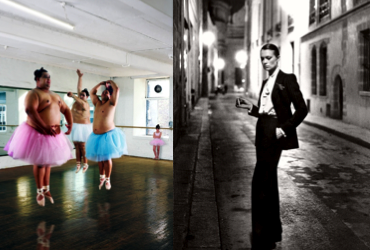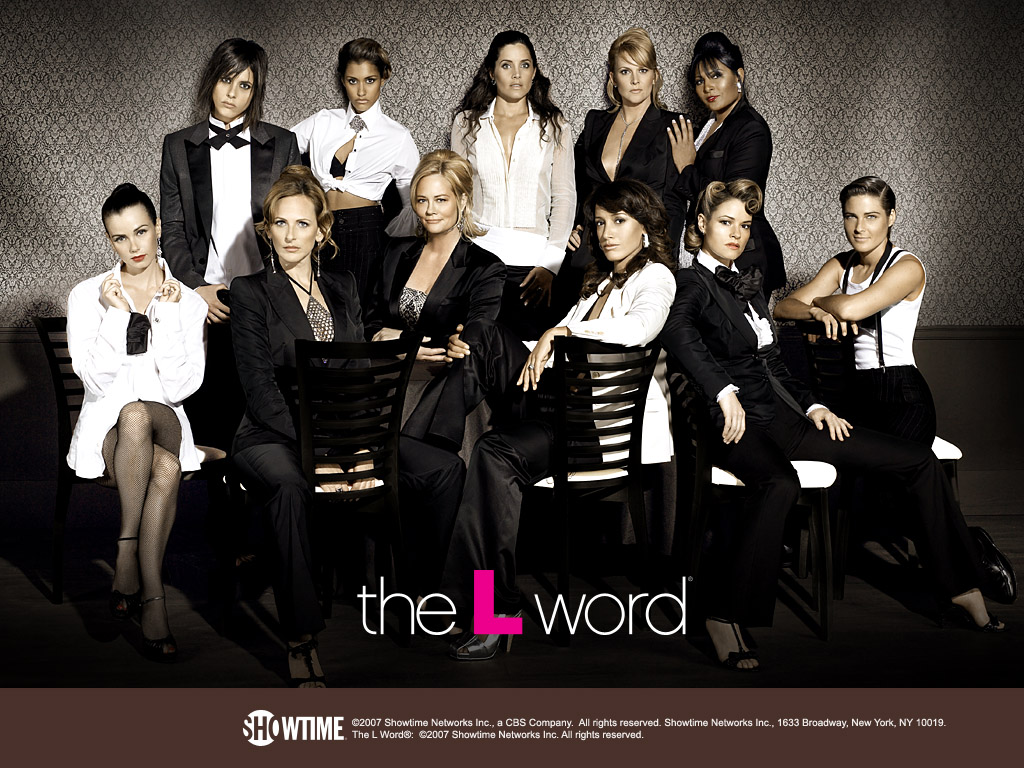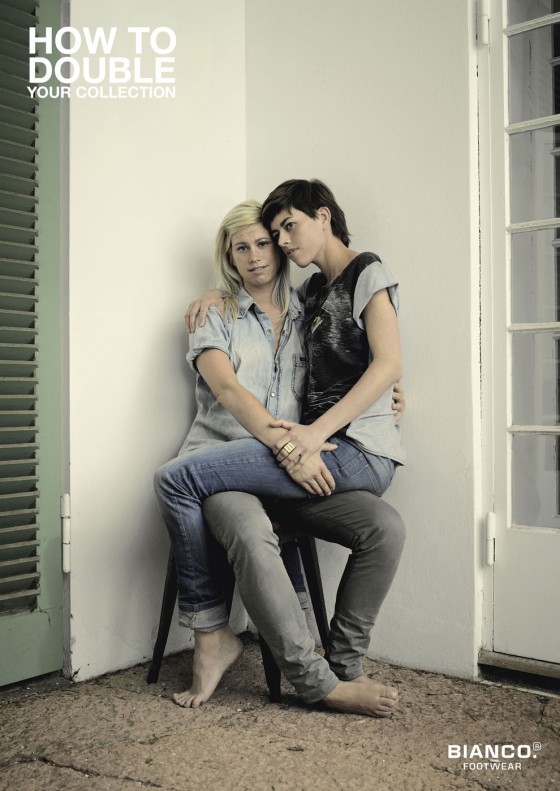In Mother Camp
Newton discusses the paradox of the man in drag who overlays symbols of
femininity upon a masculinity assumed to be essential while
simultaneously signaling masculinity with his anatomical "outside,"
even
as the practice of impersonation imputes a feminine orientation to his
"inner" self.
Kath
Weston (1993: 6)
|
|
Bodies and clothing are
perhaps the most powerful external signifiers of gender, as they are
the most visible, and conform to Western understandings of how men and
women should present
themselves to the outside world. As Weston suggests, clothing has
the
power to transgress gender norms, often in a post-modern performative
process, which she sees as a means of projecting to the outside world
an identity that the individual may relate to on a deeper level, within
his or her "inner" self. However, in cross-dressing, there is
always
the very "queer" result, contrasting a gendered physical appearance
conveyed through bodily indicators (Adam's apple, angular jaw line,
"delicate" hands, signs of breasts) with the "opposite" gendered
clothing (eg. a suit in contrast to a dress). What does it mean
to use
a body sexed one way to convey a gender of the other sex? What
are the
discrepancies between the way men and women "do gender?"
|

More Images
 (Showtime, The L Word Season 4, 2006) |
 (Intel/Dell Computers, 2005) |
 (Bianco
Footwear, 2008)
|